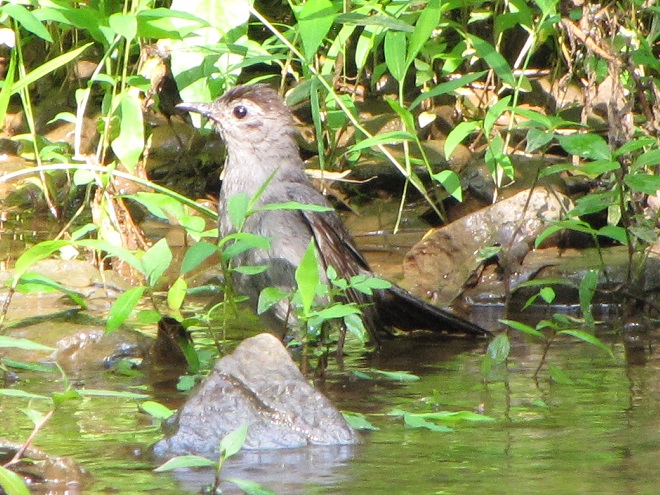
What’s Flying Right Now
Here’s a quick look at just a few of the birds that have been moving northward in recent days…
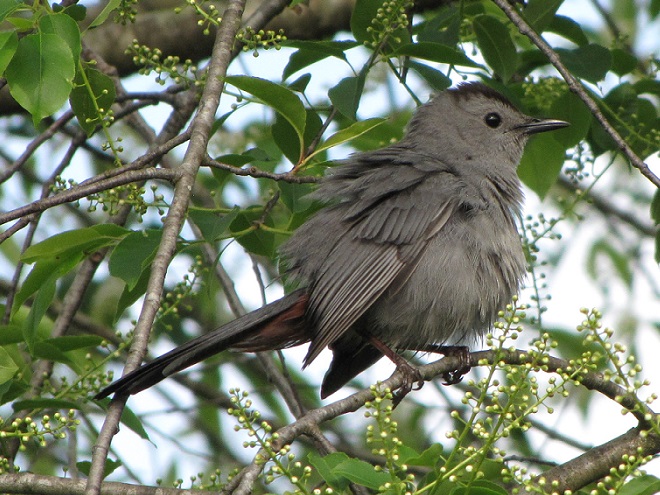
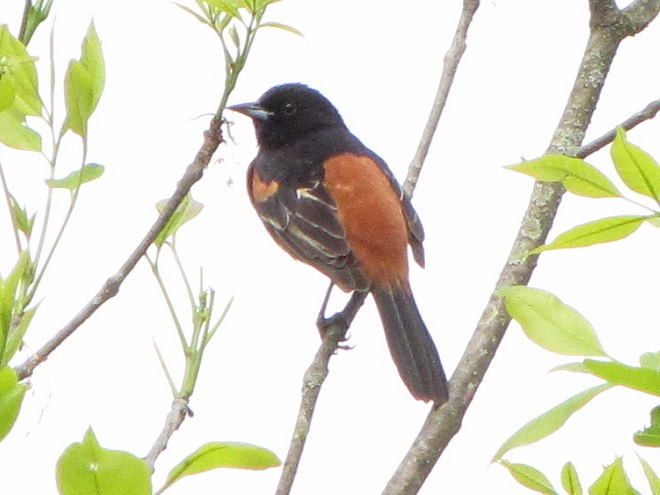

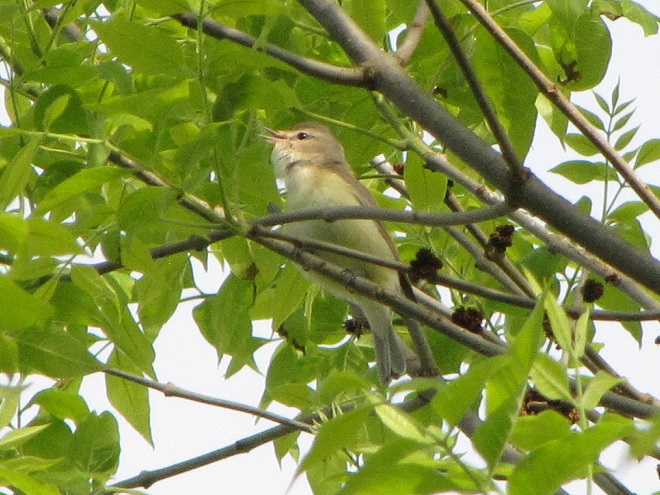

Stalled Migration About to Resume
For nearly a week now, a slow-moving low pressure system has not only brought heavy rain and cold temperatures to the northeastern United States, it has also stalled the northbound flights of migrating Neotropical birds. As this weather system at last drifts offshore, birds including warblers, thrushes, vireos, flycatchers, catbirds, hummingbirds, orioles, tanagers, and others should again resume their northward movements.
National Weather Service radar presently displays returns of these airborne nocturnal migrants in clear storm-free skies throughout the eastern half of the United States and Canada. As the showers and clouds depart the lower Susquehanna valley and areas to the north, the birds immediately to our south will begin to fill the void.
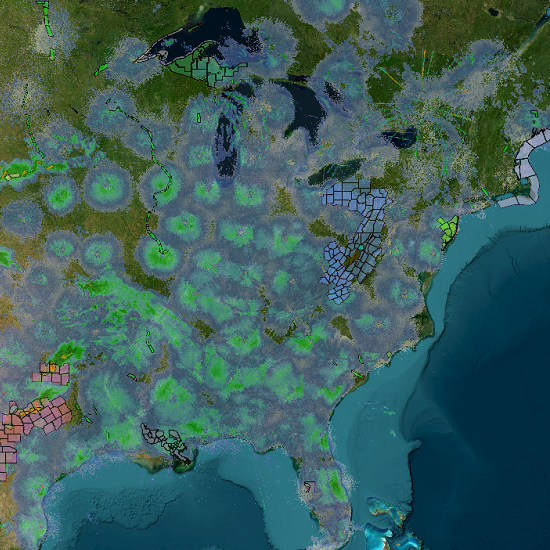
Our advice to you…plan to spend some time outdoors this weekend looking for our colorful Neotropical visitors. Their springtime songs should fill the warm air of forest and thicket. You won’t want to miss it.
Photo of the Day
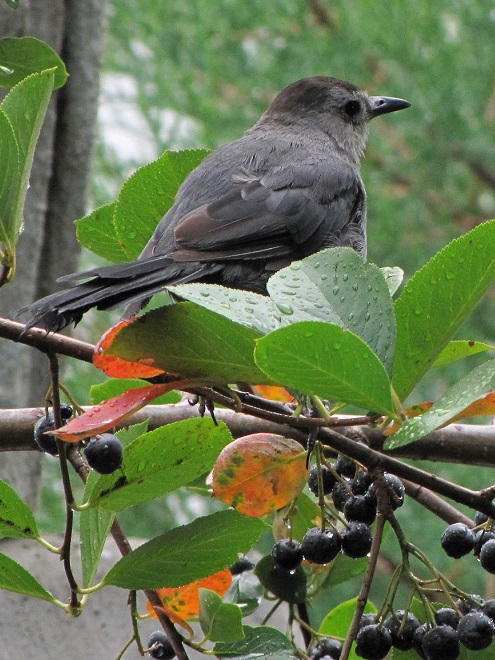
Early May Migration
National Weather Service radar showed a sizeable nocturnal flight of migrating birds early this morning. Let’s go for a short stroll and see what’s around.
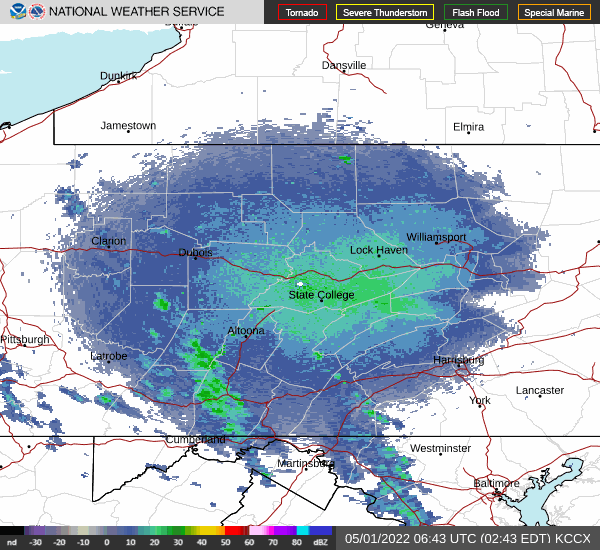
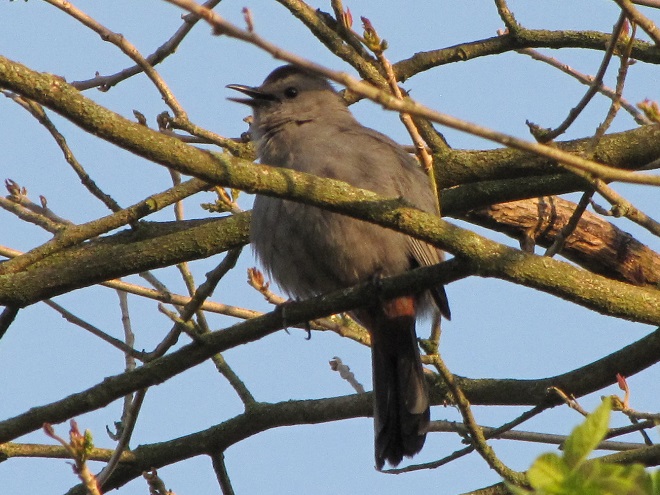
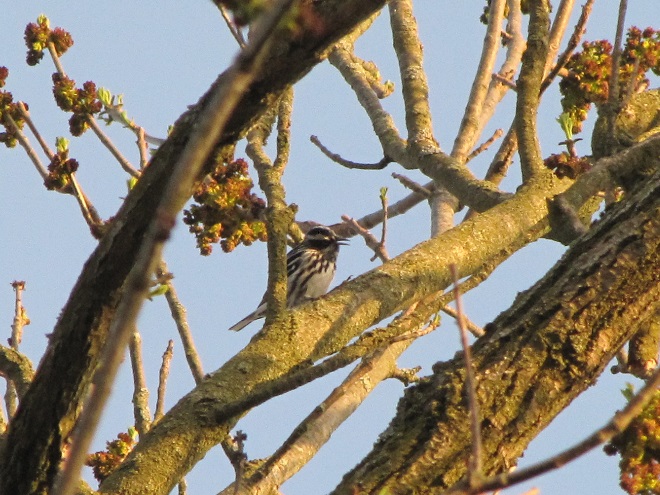
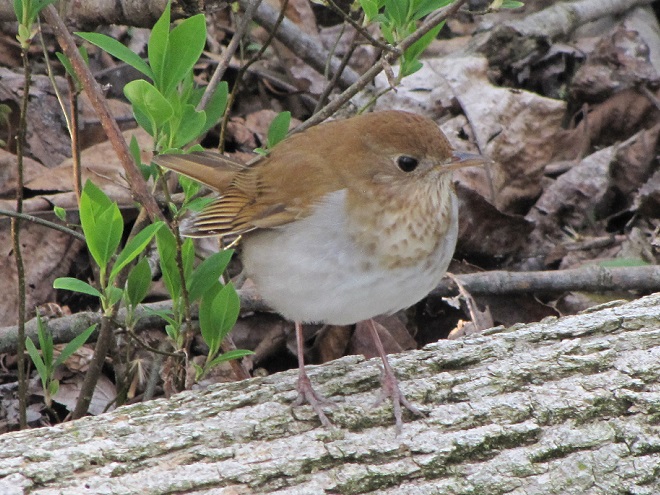
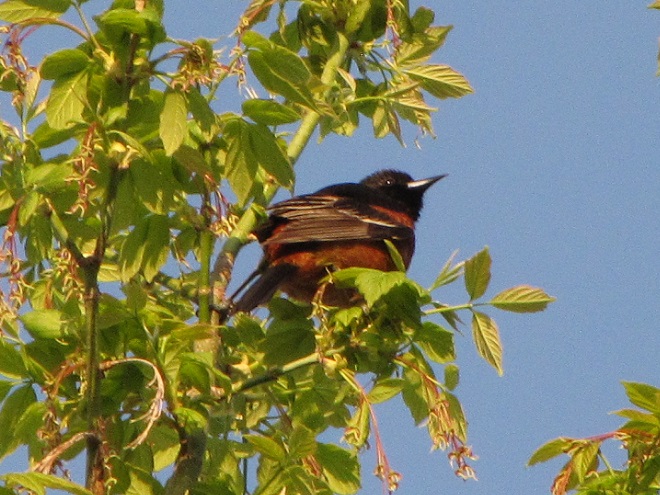
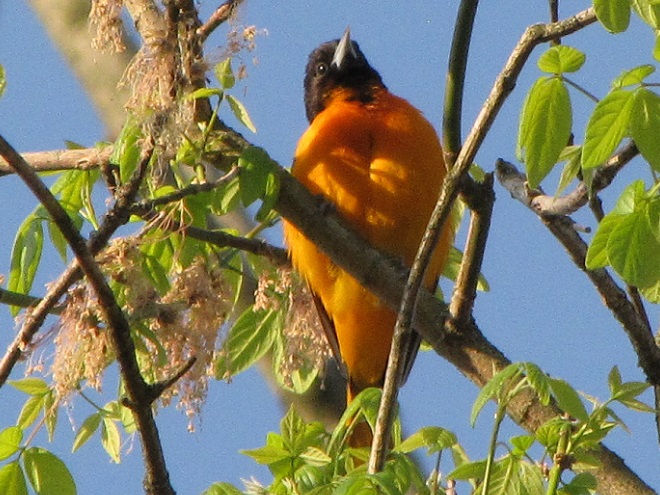
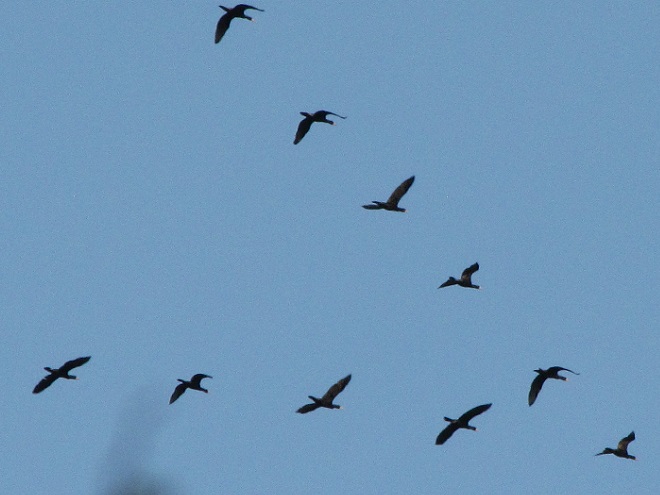
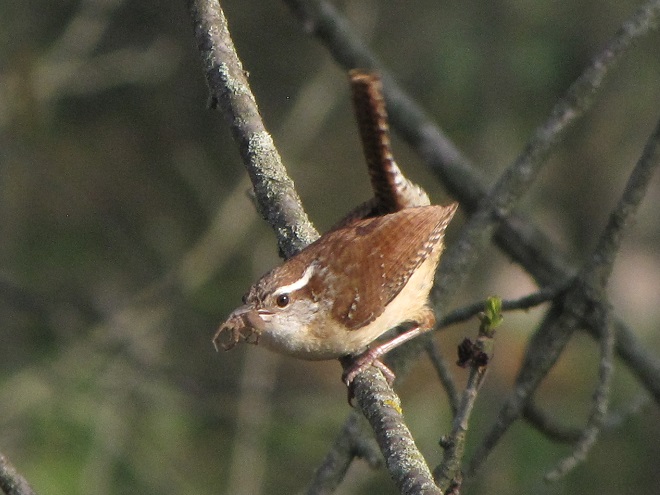
Maximum Variety
You’ll want to go for a walk this week. It’s prime time to see birds in all their spring splendor. Colorful Neotropical migrants are moving through in waves to supplement the numerous temperate species that arrived earlier this spring to begin their nesting cycle. Here’s a sample of what you might find this week along a rail-trail, park path, or quiet country road near you—even on a rainy or breezy day.
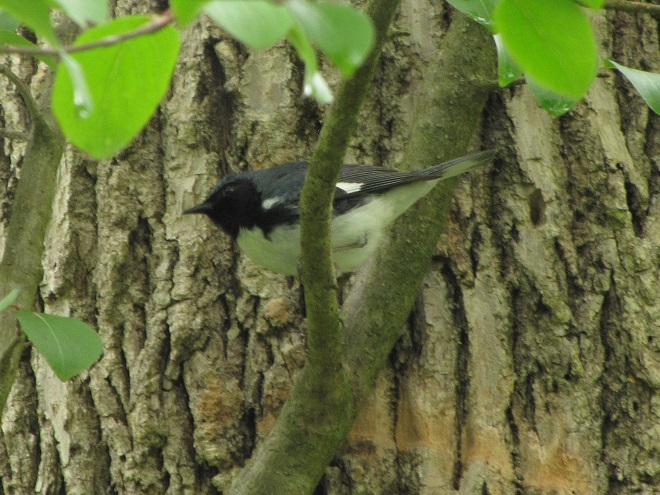
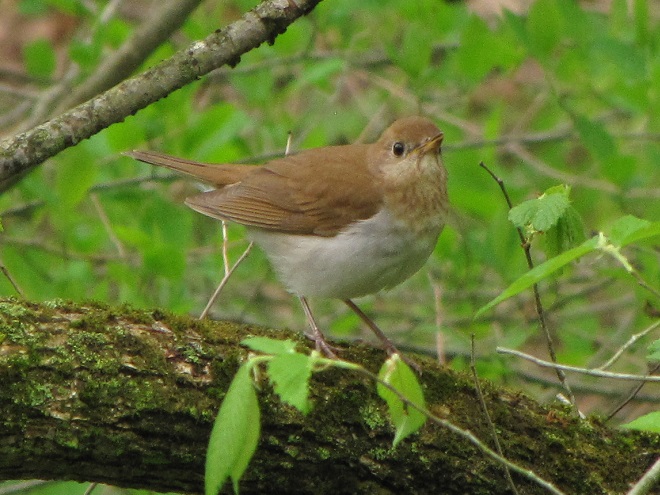
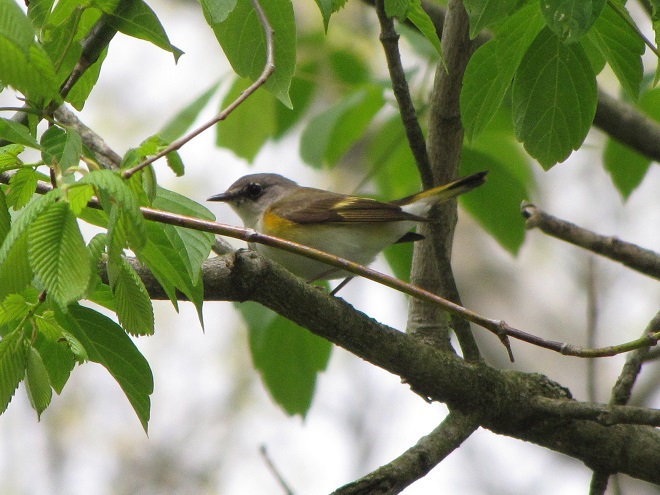
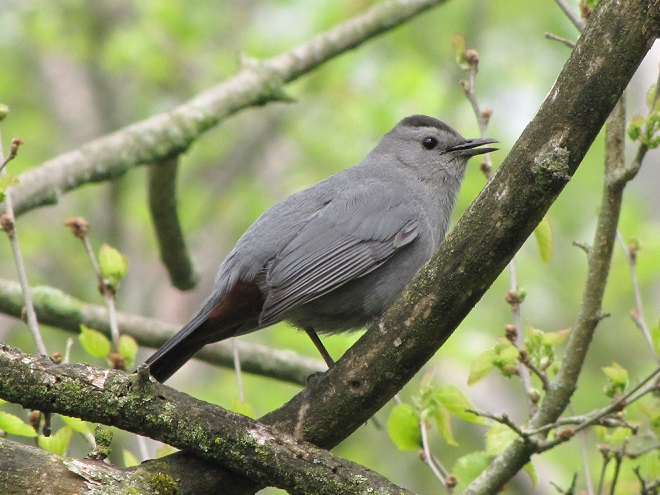
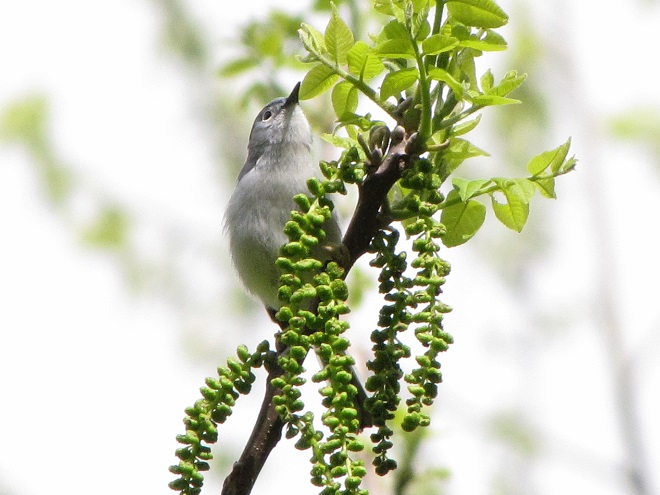
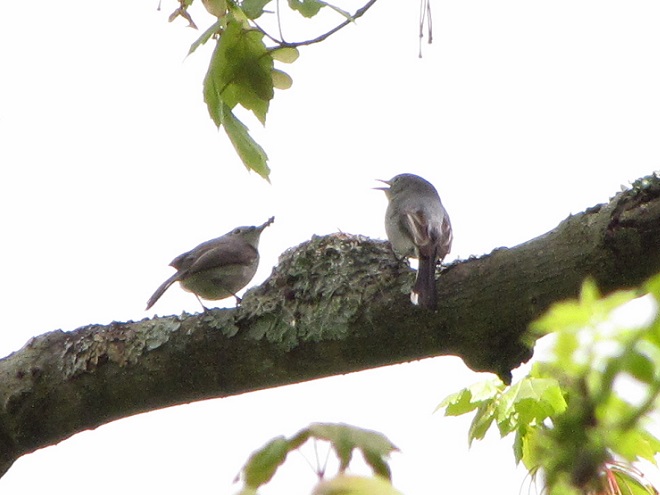
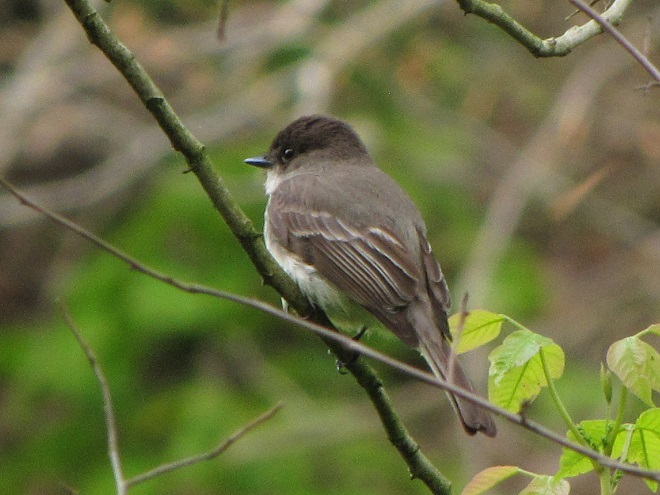
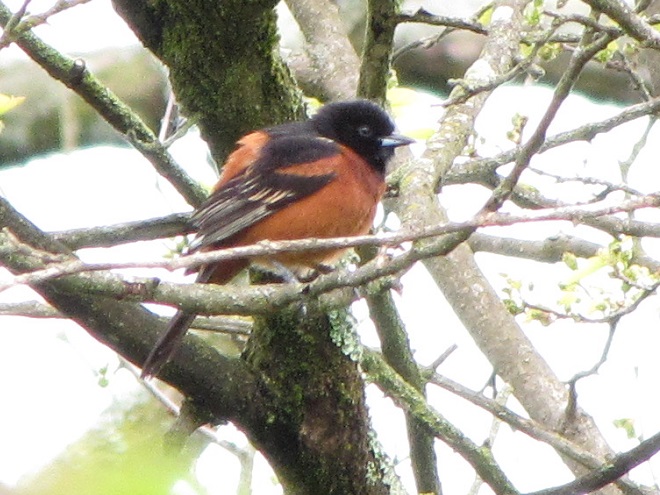
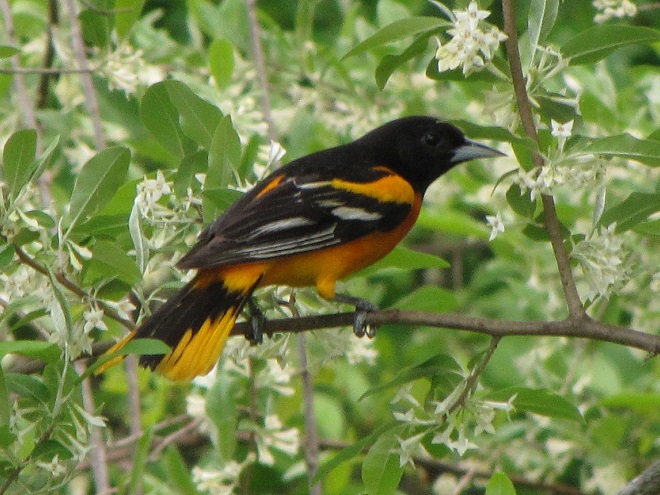
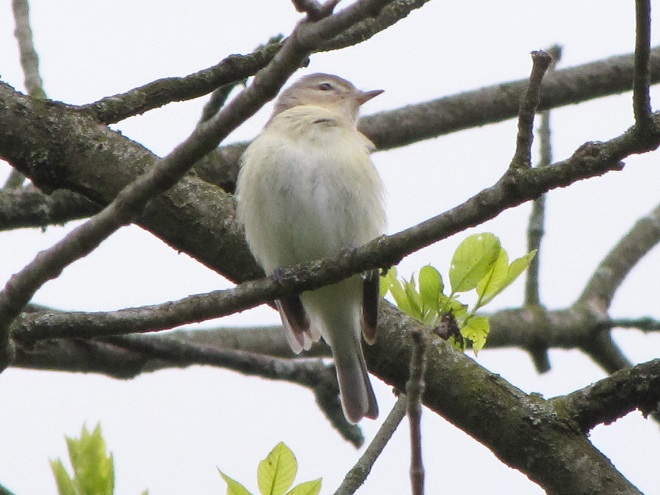
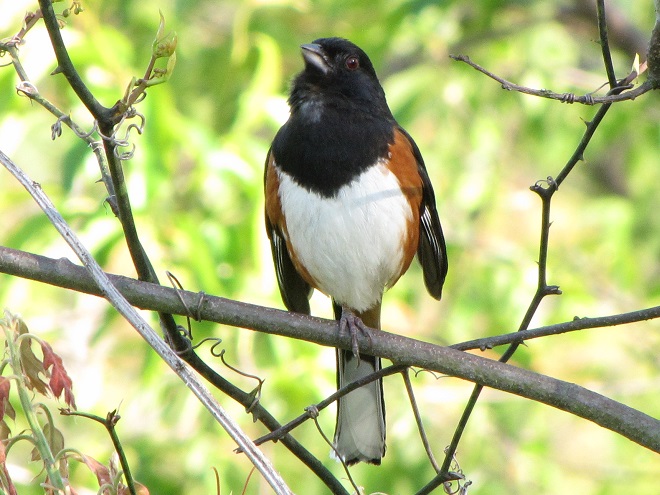
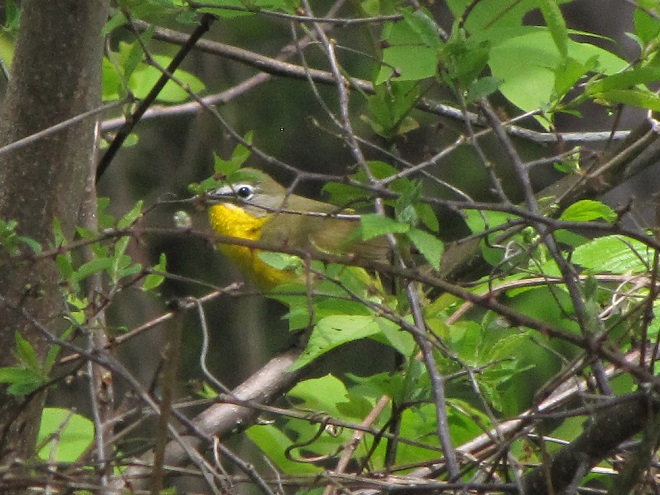
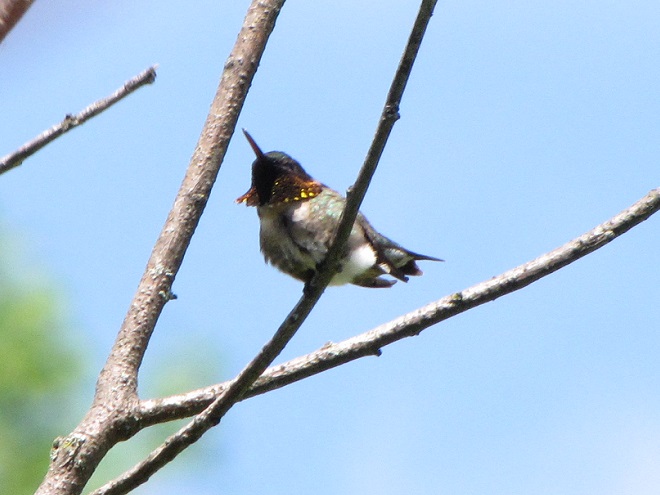
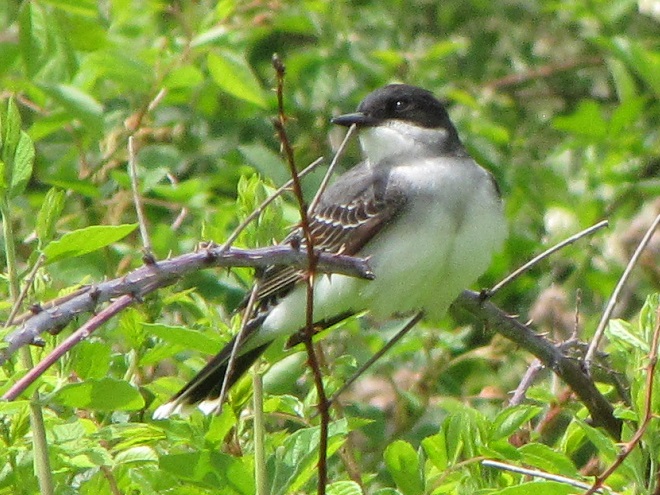
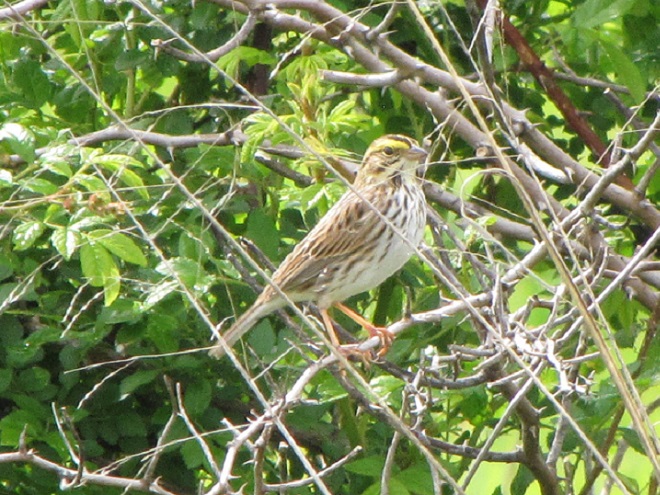
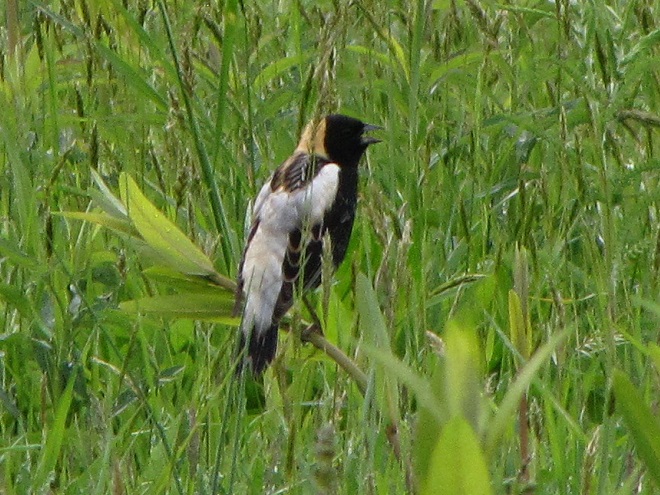
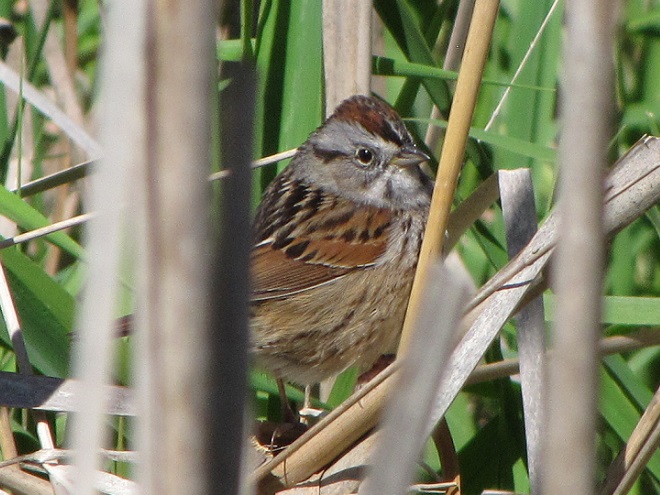
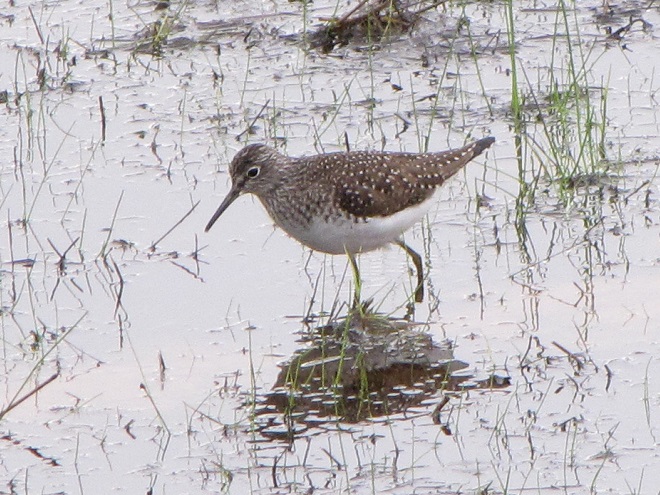
The Colorful Birds Are Here
You need to get outside and go for a walk. You’ll be sorry if you don’t. It’s prime time to see wildlife in all its glory. The songs and colors of spring are upon us!
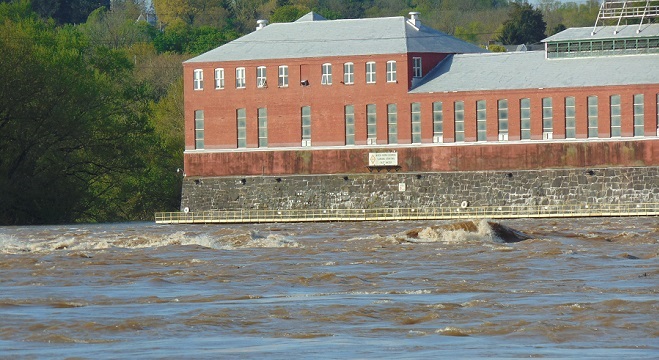

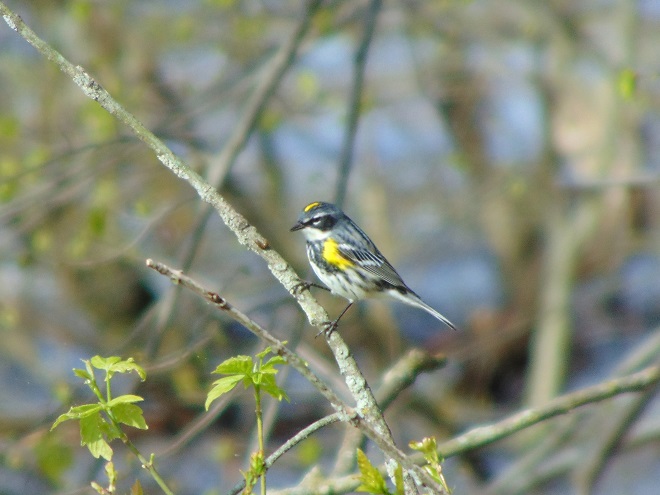
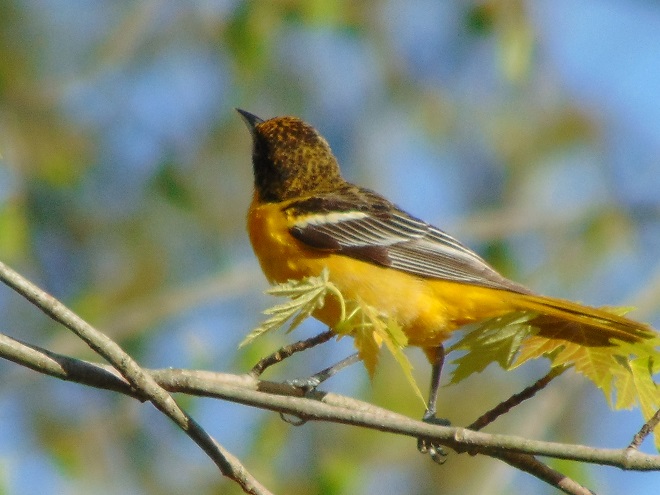
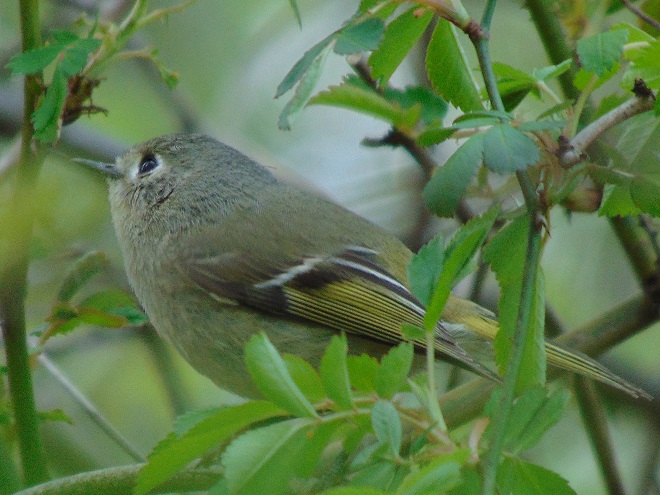
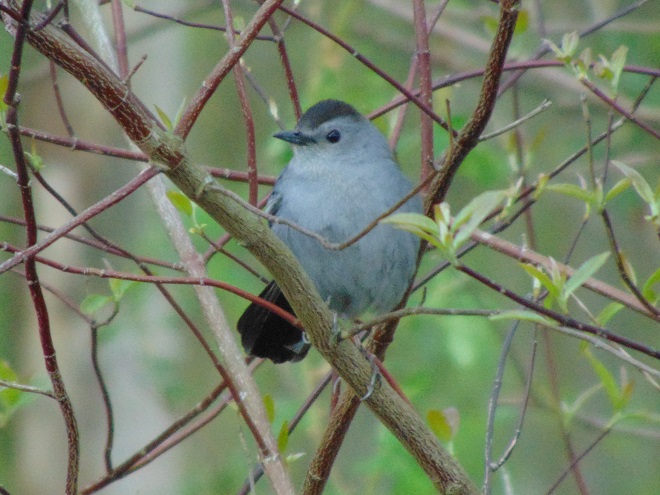
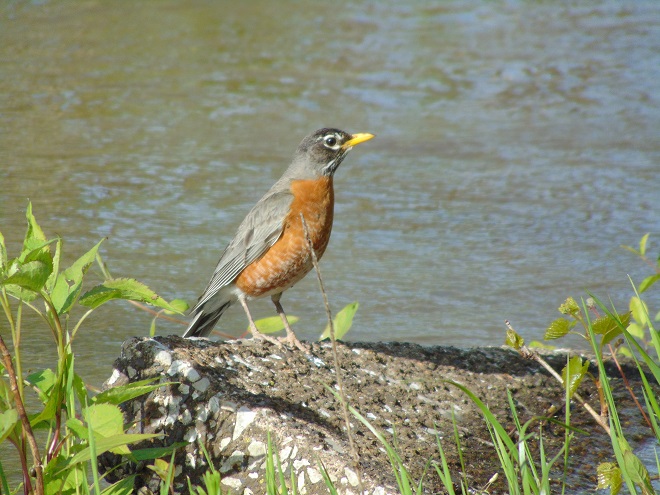
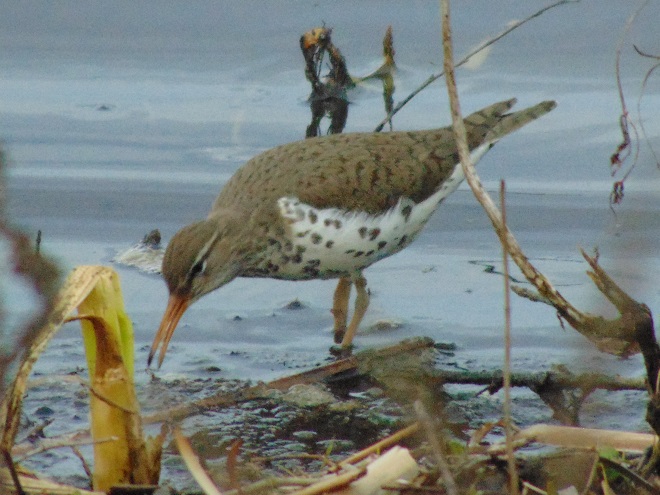
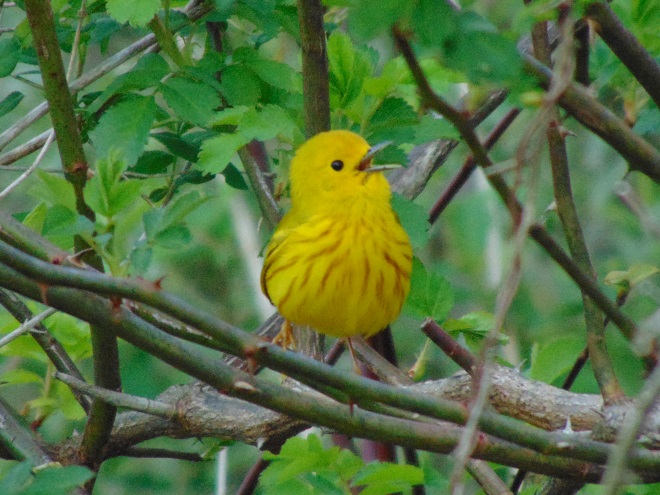
If you’re not up to a walk and you just want to go for a slow drive, why not take a trip to Middle Creek Wildlife Management Area and visit the managed grasslands on the north side of the refuge. To those of us over fifty, it’s a reminder of how Susquehanna valley farmlands were before the advent of high-intensity agriculture. Take a look at the birds found there right now.

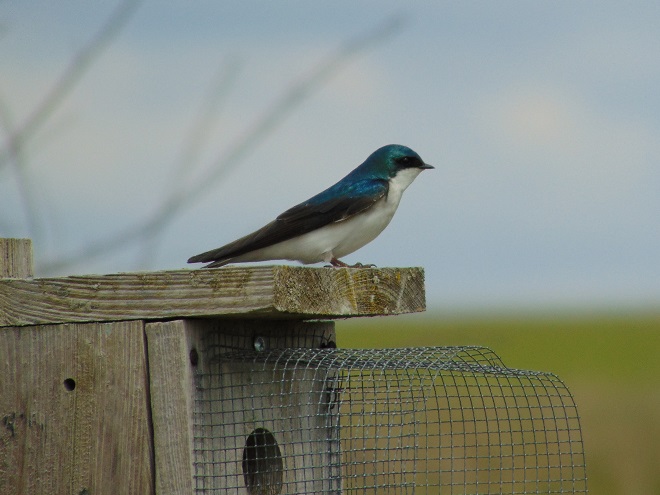

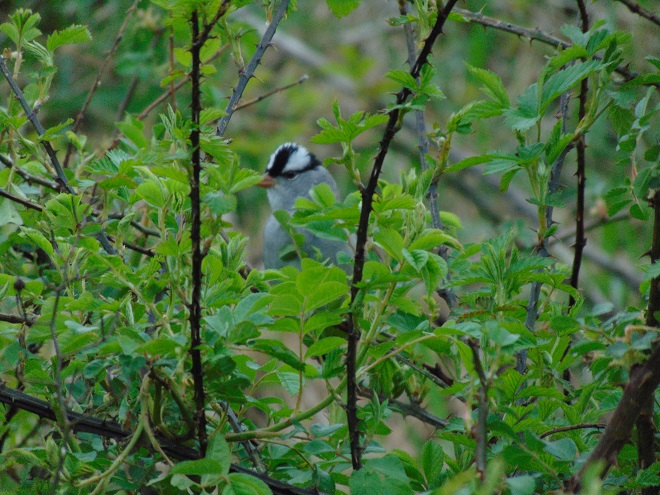
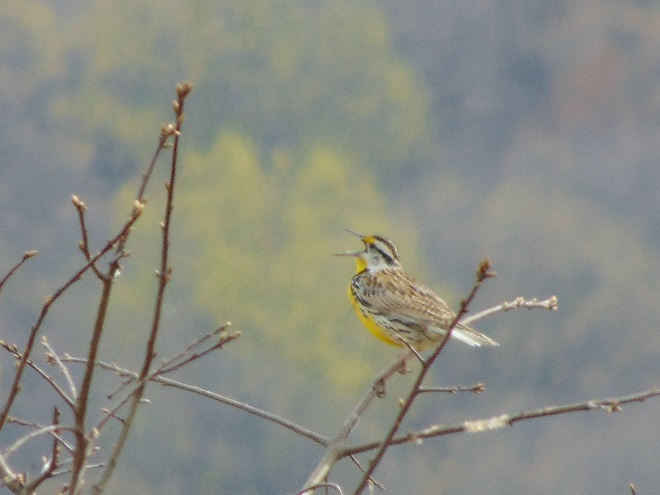

And remember, if you happen to own land and aren’t growing crops on it, put it to good use. Mow less, live more. Mow less, more lives.
No Need to Hurry
It’s that time of year when one may expect to find migratory Neotropical songbirds feeding among the foliage of trees and shrubs in the forests, woodlots, and thickets of the lower Susquehanna valley.
During a late afternoon stroll through a headwaters forest east of Conewago Falls outside Mount Gretna, I was pleased to finally come upon a noisy gathering of about two dozen birds. It had, previous to that, been a quiet two hours of walking, only the rumble of an approaching thunderstorm punctuated the silence. Among this little flock were some chickadees, robins, Gray Catbirds, an Eastern Towhee (Pipilo erythrophthalmus), and a Hairy Woodpecker (Dryobates villosus). Besides the catbirds, there were two other species of Neotropical migrants; both were warblers. No less than six Black-throated Blue Warblers (Setophaga caerulescens) were vying for positions in the trees from which they could investigate the stranger on the footpath below. And among the understory shrubs there were at least as many Ovenbirds (Seiurus aurocapilla) satisfying a similar curiosity.
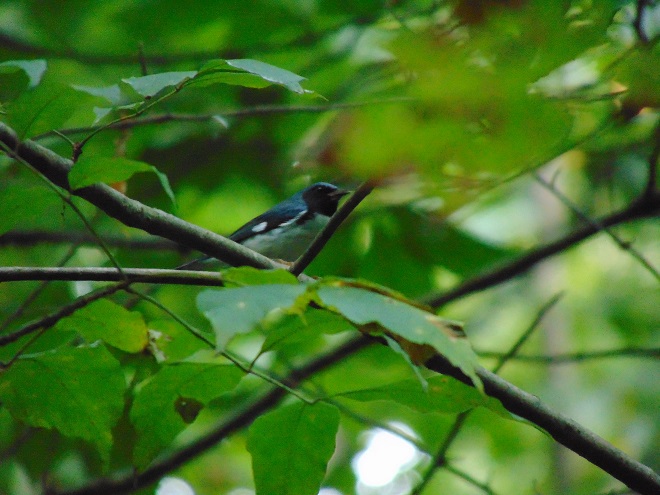
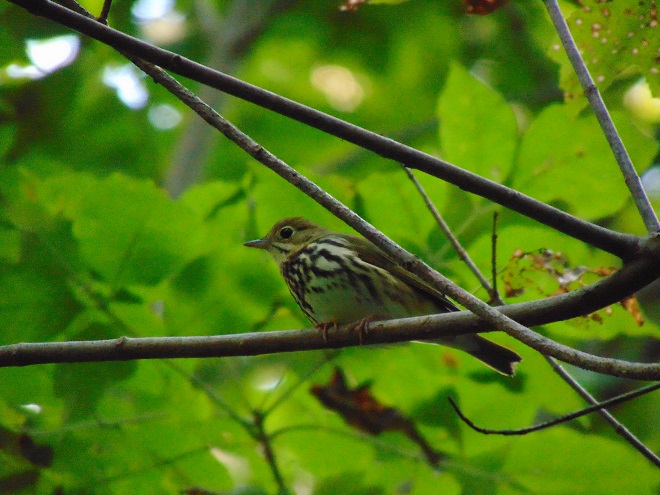
When they depart the Susquehanna valley, these two warbler species will be southbound for wintering ranges that include Florida, many of the Caribbean Islands, Central America, and, for the Ovenbirds, northern South America. Their flights occur at night. During the breeding season and while migrating, both feed primarily on insects and other arthropods . On the wintering grounds, they will consume some fruit. It is during their time in the tropics that the Black-throated Blue Warbler sometimes visits feeding stations that offer grape jelly, much to the delight of bird enthusiasts.
Black-throated Blue Warblers and Ovenbirds commonly winter on the Florida peninsula and in the Bahamas. With the major tropical cyclone Hurricane Dorian presently ripping through the region, these birds are better off taking their time getting there. There’s no need to hurry. The longer they and the other Neotropical migrants hang around, the more we get to enjoy them anyway. So get out there to see them before they go—and remember to look up.
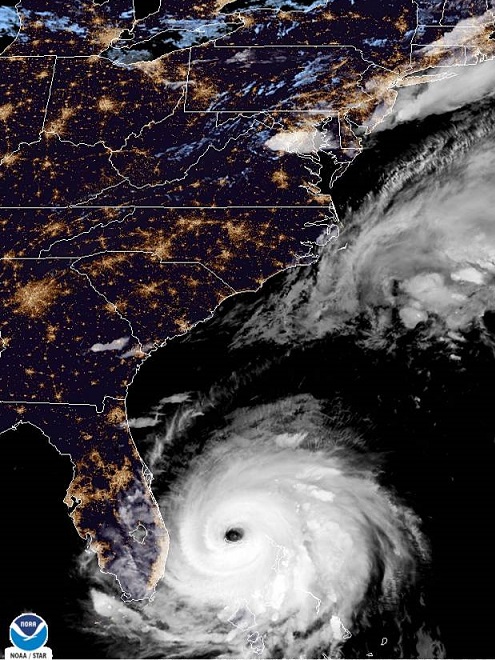

Blue Jay Way
The Neotropical birds that raised their young in Canada and in the northern United States have now logged many miles on their journey to warmer climates for the coming winter. As their density decreases among the masses of migrating birds, a shift to species with a tolerance for the cooler winter weather of the temperate regions will be evident.
Though it is unusually warm for this late in September, the movement of diurnal migrants continues. This morning at Conewago Falls, five Broad-winged Hawks (Buteo platypterus) lifted from the forested hills to the east, then crossed the river to continue a excursion to the southwest which will eventually lead them and thousands of others that passed through Pennsylvania this week to wintering habitat in South America. Broad-winged Hawks often gather in large migrating groups which swarm in the rising air of thermal updrafts, then, after gaining substantial altitude, glide away to continue their trip. These ever-growing assemblages from all over eastern North America funnel into coastal Texas where they make a turn to south around the Gulf of Mexico, then continue on toward the tropics. In the coming weeks, a migration count at Corpus Christi in Texas could tally 100,000 or more Broad-winged Hawks in a single day as a large portion of the continental population passes by. You can track their movement and that of other diurnal raptors as recorded at sites located all over North America by visiting hawkcount.org on the internet. Check it out. You’ll be glad you did.
Nearly all of the other migrants seen today have a much shorter flight ahead of them. Red-bellied Woodpeckers (Melanerpes carolinus), Red-headed Woodpeckers (Melanerpes erythrocephalus), and Northern Flickers (Colaptes auratus) were on the move. Migrating American Robins (Turdus migratorius) crossed the river early in the day, possibly leftovers from an overnight flight of this primarily nocturnal migrant. The season’s first Great Black-backed Gulls (Larus marinus) arrived. American Goldfinches are easily detected by their calls as they pass overhead. Look carefully at the goldfinches visiting your feeder, the birds of summer are probably gone and are being replaced by migrants currently passing through.
By far, the most conspicuous migrant today was the Blue Jay. Hundreds were seen as they filtered out of the hardwood forests of the diabase ridge to cautiously cross the river and continue to the southwest. Groups of five to fifty birds would noisily congregate in trees along the river’s edge, then begin flying across the falls. Many wary jays abandoned their small crossing parties and turned back. Soon, they would try the trip again in a larger flock.
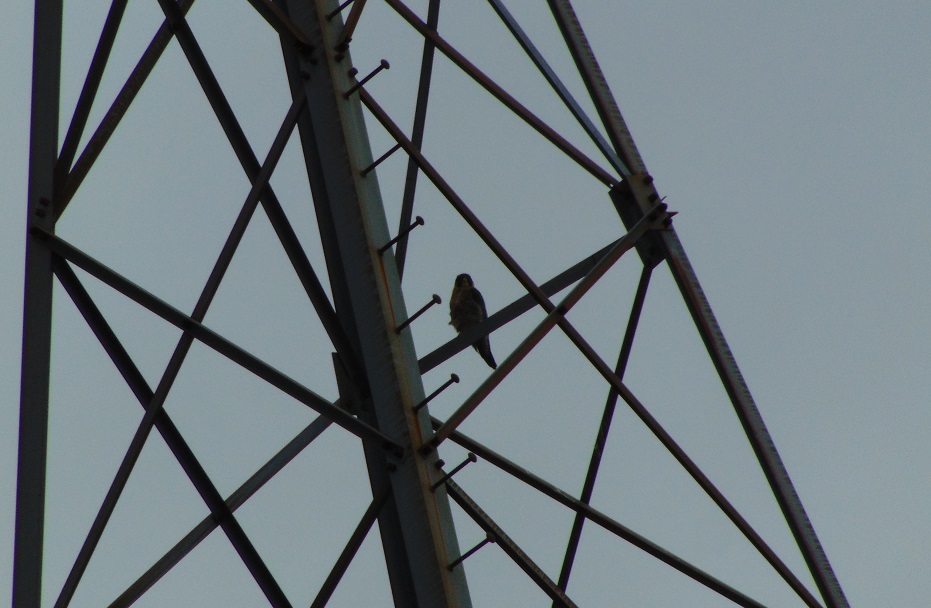
A look at this morning’s count reveals few Neotropical migrants. With the exception of the Broad-winged Hawks and warblers, the migratory species seen today will winter in a sub-tropical temperate climate, primarily in the southern United States, but often as far north as the lower Susquehanna River valley. The individual birds observed today will mostly continue to a winter home a bit further south. Those that will winter in the area of Conewago Falls will arrive in October and later.
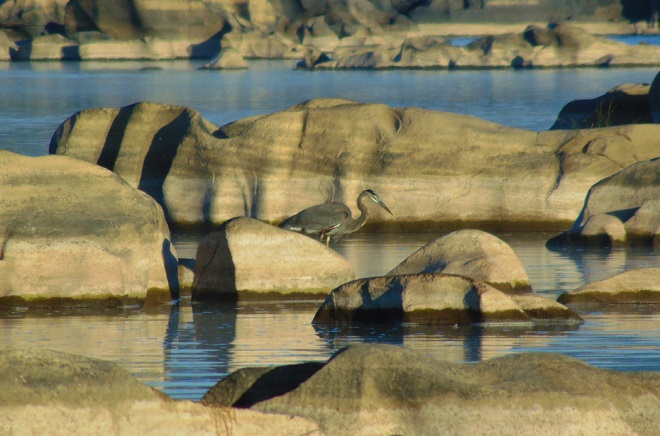
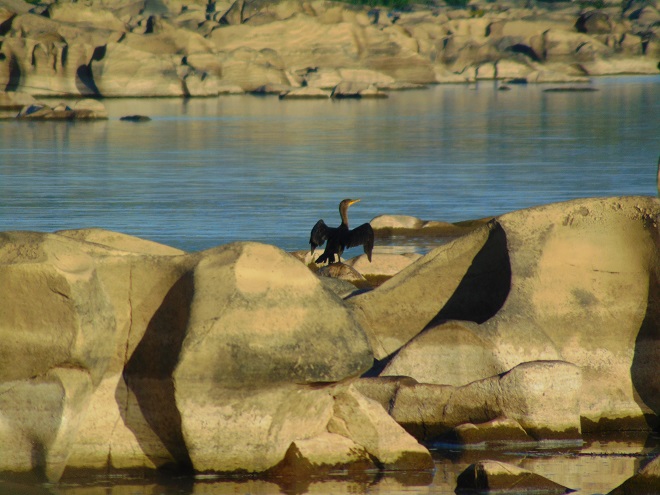
The long-distance migrating insect so beloved among butterfly enthusiasts shows signs of improving numbers. Today, more than two dozen Monarchs were seen crossing the falls and slowly flapping and gliding their way to Mexico.

Piles of Green Tape
A couple of inches of rain this week caused a small increase in the flow of the river, just a burp, nothing major. This higher water coincided with some breezy days that kicked up some chop on the open waters of the Susquehanna upstream of Conewago Falls. Apparently it was just enough turbulence to uproot some aquatic plants and send them floating into the falls.
Piled against and upon the upstream side of many of the Pothole Rocks were thousands of two to three feet-long flat ribbon-like opaque green leaves of Tapegrass, also called Wild Celery, but better known as American Eelgrass (Vallisneria americana). Some leaves were still attached to a short set of clustered roots. It appears that most of the plants broke free from creeping rootstock along the edge of one of this species’ spreading masses which happened to thrive during the second half of the summer. You’ll recall that persistent high water through much of the growing season kept aquatic plants beneath a blanket of muddy current. The American Eelgrass colonies from which these specimens originated must have grown vigorously during the favorable conditions in the month of August. A few plants bore the long thread-like pistillate flower stems with a fruit cluster still intact. During the recent few weeks, there have been mats of American Eelgrass visible, the tops of their leaves floating on the shallow river surface, near the east and west shorelines of the Susquehanna where it begins its pass through the Gettysburg Basin near the Pennsylvania Turnpike bridge at Highspire. This location is a probable source of the plants found in the falls today.

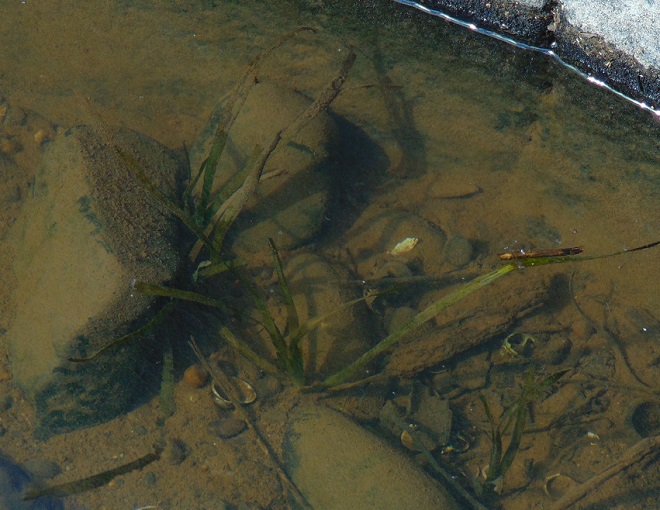
The cool breeze from the north was a perfect fit for today’s migration count. Nocturnal migrants settling down for the day in the Riparian Woodlands at sunrise included more than a dozen warblers and some Gray Catbirds (Dumetella carolinensis). Diurnal migration was underway shortly thereafter.
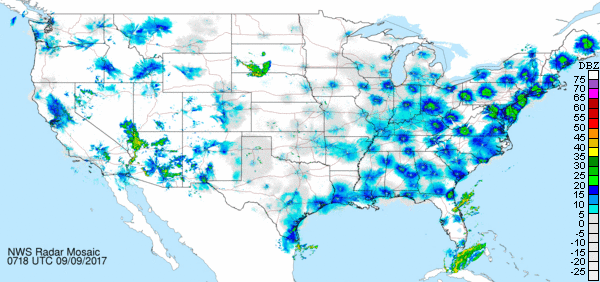
Four Bald Eagles were counted as migrants this morning. Based on plumage, two were first-year eagles (Juvenile) seen up high and flying the river downstream, one was a second-year bird (Basic I) with a jagged-looking wing molt, and a third was probably a fourth year (Basic III) eagle looking much like an adult with the exception of a black terminal band on the tail. These birds were the only ones which could safely be differentiated from the seven or more Bald Eagles of varying ages found within the past few weeks to be lingering at Conewago Falls. There were as many as a dozen eagles which appeared to be moving through the falls area that may have been migrating, but the four counted were the only ones readily separable from the locals.
Red-tailed Hawks (Buteo jamaicensis) were observed riding the wind to journey not on a course following the river, but flying across it and riding the updraft on the York Haven Diabase ridge from northeast to southwest.
Bank Swallows (Riparia riparia) seem to have moved on. None were discovered among the swarms of other species today.
Ruby-throated Hummingbirds, Caspian Terns, Cedar Waxwings (Bombycilla cedrorum), and Chimney Swifts (Chaetura pelagica) were migrating today, as were Monarch butterflies.
Not migrating, but always fun to have around, all four wise guys were here today. I’m referring to the four members of the Corvid family regularly found in the Mid-Atlantic states: Blue Jay (Cyanocitta cristata), American Crow (Corvus brachyrhynchos), Fish Crow (Corvus ossifragus), and Common Raven (Corvus corax).
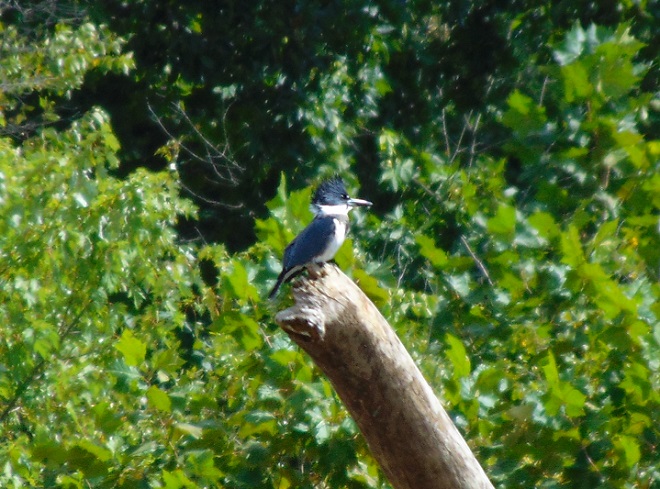

SOURCES
Klots, Elsie B. 1966. The New Field Book of Freshwater Life. G. P. Putnam’s Sons. New York, NY.
Suggestive Selling
A Baltimore Oriole (Icterus galbula) glowed in the first sunlight of the day as it began illuminating the treetops. I’m not certain of the cause, but I often have the urge to dig into a bowl of orange sherbet after seeing one these magnificent blackbirds. That’s right, in the Americas, orioles and blackbirds are members of the same family, Icteridae. Look at blackbirds more carefully, you might see the resemblance.
Sunshine at dawn and migrating warblers were again active in the foliage. Eight species were identified today. Off to the tropics they go. To the land of palm and citrus, yes citrus…limes, lemons, grapefruits, and oranges.
The Ruby-throated Hummingbirds (Archilochus colubris) are on the way toward the gulf states, then on to Central and South America. Five dashed by the rocky lookout in the falls this morning. Remember, keep your feeders clean, wash and rinse all the parts, and refill them with a fresh batch of “nectar”, four or five parts water to one part sugar. Repeating this process daily during hot weather should keep contamination from overtaking your feeder. It’s not a bad idea to rotate two feeders. Have one cleaned, rinsed, and air drying while the second is filled and in use at your feeding station, then just swap them around. Your equipment will be just as clean as it is at the sanitary dairy…you know, where they make sherbet.
The first of the season Caspian Terns (Hydroprogne caspia), giant freshwater versions of the terns you see at the seashore, passed through the falls late this morning. Their bills are blood-red, not orange like the more familiar terns on the coast. They’re stunning.
Ring-billed Gulls (Larus delawarensis) have been at the falls for several weeks. Total numbers and the composition of the age groups in the flock change over the days, so birds appear to be trickling through and are then replaced by others coming south. The big push of southbound migrants for this and many other species that winter locally in the Mid-Atlantic region and in the southern United States is still more than a month away. There are still plenty more birds to come after the hours of daylight are reduced and the temperatures take a dip.
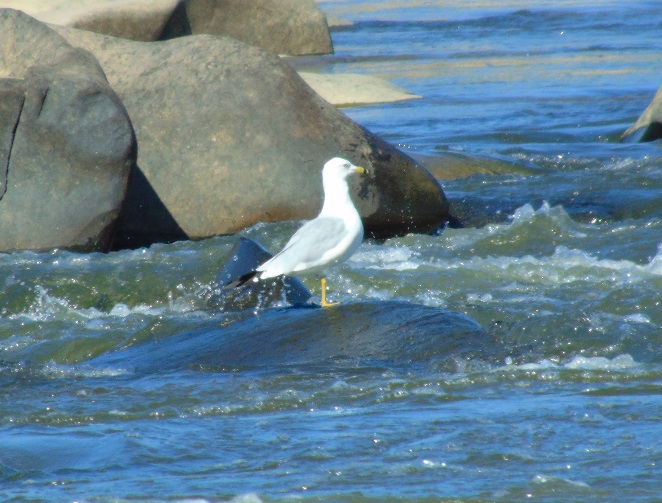
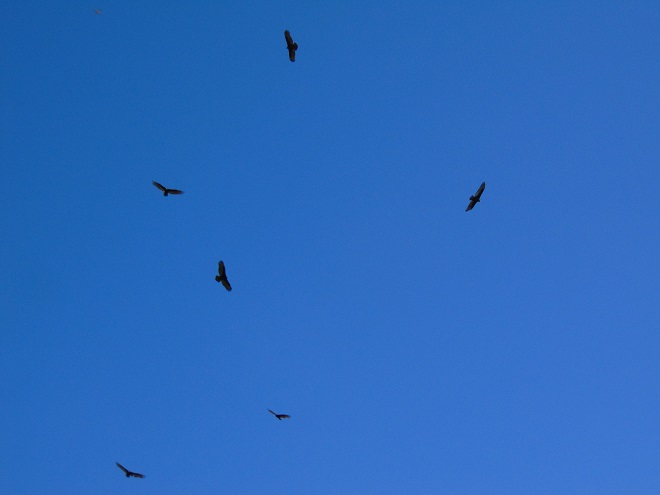
Some migrating butterflies were counted today. Cloudless Sulphurs, more of a vagrant than a migrant, and, of course, Monarchs. I’ll bet you know the Monarch, it’s black and orange. How can you miss them, colored orange.
That’s it, that’s all for now, I bid you adieu…I’m going to have a dip of orange sherbet, or two.

Harvey Passes By
Rain from the remnants of Hurricane/Tropical Storm Harvey ended just after daybreak this morning. Locally, the precipitation was mostly absorbed into the soil. There was little runoff and no flooding. The river level at Conewago Falls is presently as low as it has been all summer. Among the pools and rapids of the Pothole Rocks, numbers of migrating birds are building.
Mist and a low cloud ceiling created poor visibility while trying to see early morning birds, but they’re here. The warblers are moving south and a small wave of them was filtering through the foliage on the edge of the Riparian Woodlands. One must bend backwards to have a look, and most could not be identified due to the poor lighting in the crowns of the trees where they were zipping about. Five species of warblers and two species of vireos were discerned.
There are increasing concentrations of swallows feeding on insects over the falls. Hundreds were here today, mostly Tree Swallows (Tachycineta bicolor). Bank Swallows (Stelgidopteryx riparia) numbered in the hundreds, far below the thousands, often 10,000, which staged here for migration and peaked during the first week of September annually during the 1980s and 1990s. Their numbers have been falling steadily. Loss of nesting locations in embankments near water may be impacting the entire population. A reduction in the abundance of late-summer flying insects here on the lower Susquehanna River may be cause for them to abandon this area as a migration staging point.
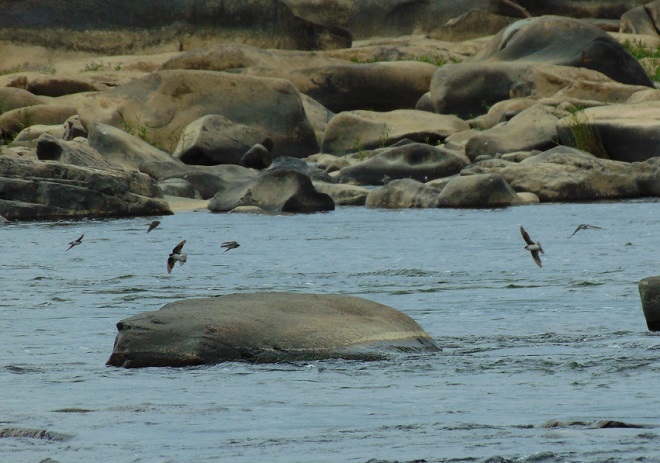
Clear weather in the coming nights and days may get the migrants up and flying in large numbers. For those species headed to the tropics for winter, the time to get moving has arrived.

